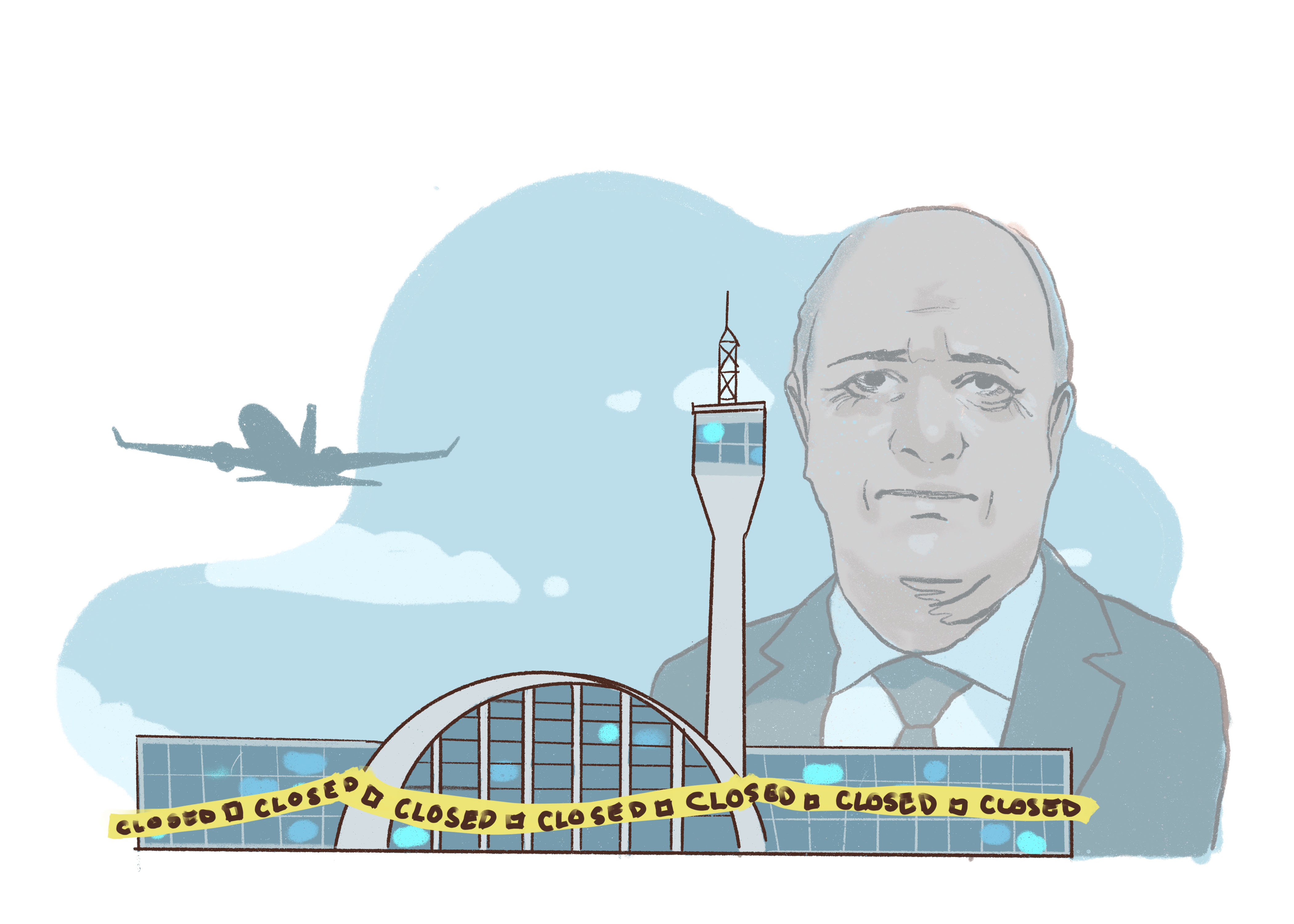When the mind wanders to the start of last month — when classes were still expected to have resumed this week in classrooms, lecture theatres, buildings and spaces — the first stop is Jan. 31: the University of Winnipeg announced classes would remain remote for the remainder of the winter semester. The second stop: Feb. 1, when Red River College Polytechnic confirmed no return to campus for the semester. And Brandon University adopted a slow return to campus for small classes and those with more than 25 students remaining online. University College of the North also opted for remote learning for many courses. The U of M? That university with lofty ideals and a vision for positive change?
Well, the U of W surveyed students, faculty and staff to inform its decision-making.
Following those other institutions, the implementation of that vision in the context of a return to campus was to defer to deans. And, in some faculties and units, the deans, in turn, deferred to professors.
The concept of expecting the only medical and doctoral degree-granting university in the province to uphold its responsibility and prowess and to exhibit vision, imagination and common sense is not new. It can also be found in this newspaper’s pages in 1919.
Comparing the past year or two to the end of a world war is distasteful. The conclusion, however, of the 1919 editorial excerpted below may fall on ears in which it rings true. Given the opportunities for the eventual return to classrooms, lecture theatres, buildings and spaces, it remains a timely call for the administration and the government to take responsibility and accountability “in developing a greater and finer University of Manitoba — Floreat.”
The alternative: commarceat. The U of M must choose to bloom or wither.
exerpted from the Manitoban Nov. 1, 1919, p. 14-15, edited by Graham Spry.
It is assured that there never has been — and it is doubtful if there ever will be — a year more pregnant with possibilities, more full of opportunities for improvement and development than this one. The end of the war, the return of the forces, the unprecedented growth of educational desire shown by every class of the community has resulted in a centring of problems, a focussing of difficulties into the one year Anno Domini 1919. The editor assuming the responsibility of a paper at such a time, cannot but be influenced by the almost overwhelming duties he owes his patrons. It will be his place not only to interest, but to attempt to express the spirit of the students and their Alma Mater, and to play his part in developing a greater and finer University of Manitoba — Floreat . . . .
It is a small University that is not great enough to have big problems and it is a poor University that is not wealthy in difficulties. In these respects, the University is both great and opulent. The problems to be faced this year are enormous, the difficulties are innumerable and unless there is vision in University leadership, unless there is imagination in University policy, and practical common sense in University Education, it requires no sage to see that the progress and development of higher education in the province will be seriously imperilled and, at the very least, greatly impeded.
The University must wake up. It must realize its position and take it. It must rise to its position as crown of the educational system of the province and play its full part as the highest intellectual institution of the people. The present university policy, if there is one, lacks foresight, energy and usefulness. Instead of travelling like a mighty engine on steel rails, it is travelling like a handcar, and an overloaded handcar, on a sandy road. The province is attempting to raise an elephant in a bird cage . . . . The wonder is not that there have been difficulties, but that the University has ever survived them.



